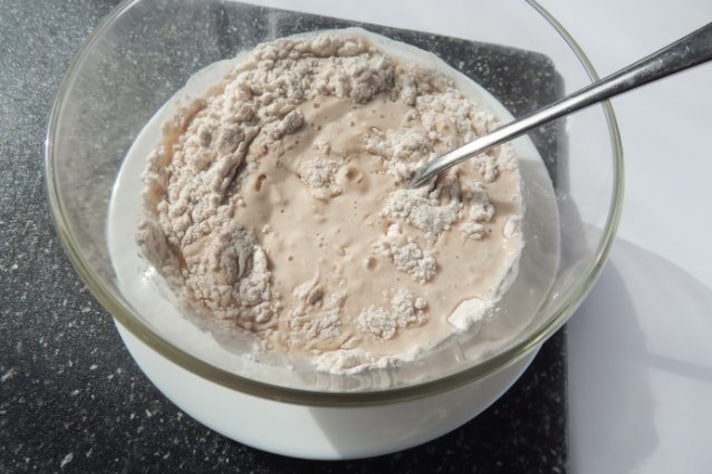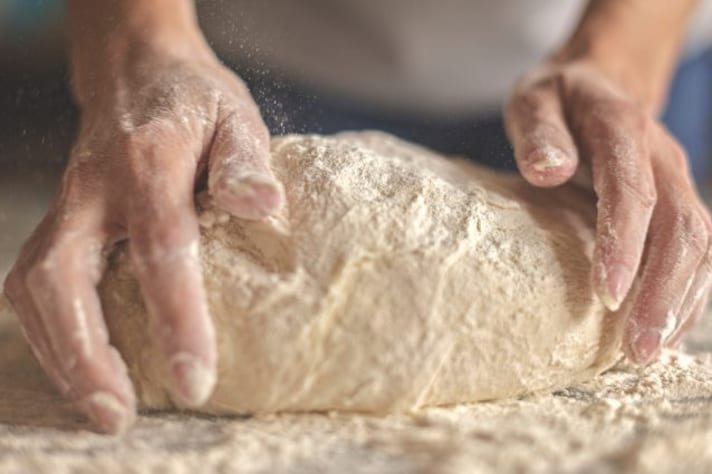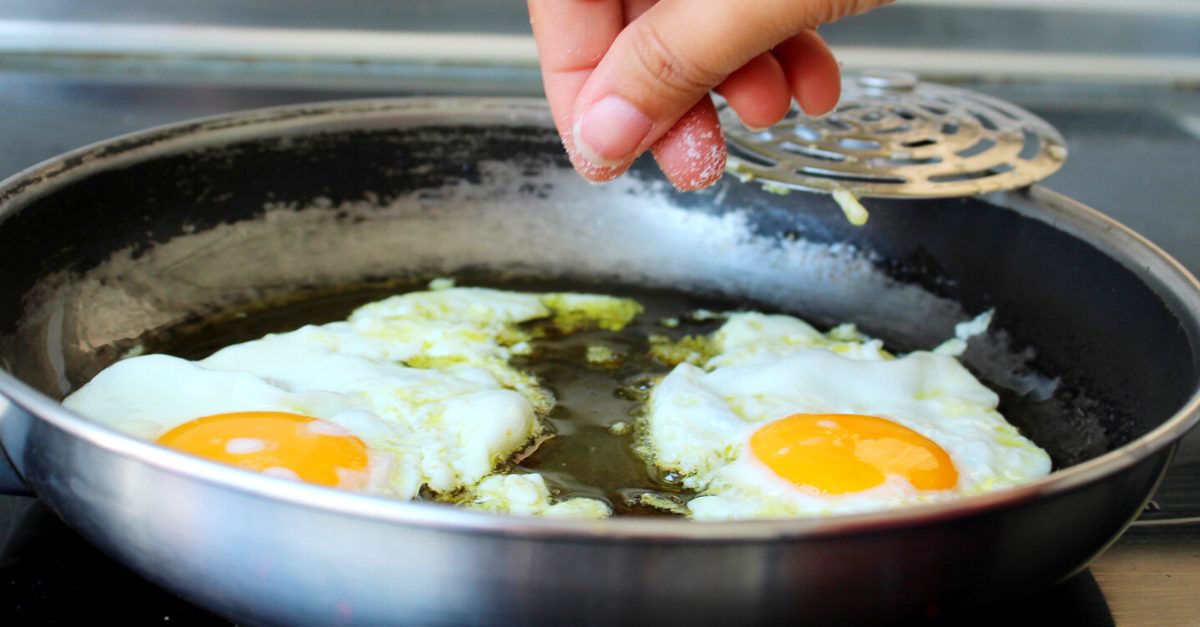How Much Yeast Should You Add to Your Bread?
Yeast is essential for making airy and tall baked goods: it ferments dough, producing gas that makes it rise. Too little yeast will result in a dense and flat baked product, while too much could cause it to overproof and fall short. Read ahead to find out the amount of yeast to use for all the basic preparations!

When baking, yeast is that one magical ingredient that ensures you don't end up with a dense and tough finished product but rather an airy and tall bread, cake, brioche, or whatever else you might be making. Have you ever wondered if the yeast you put in the dough is enough? How much yeast is too much? How much is just right? We're here to explain just that.
The Role of Yeast in Dough
Yeast is a living organism that works wonders in dough. Its primary duty is fermentation, a process where it feeds on sugars and produces carbon dioxide and alcohol. This gas gets trapped in the dough, causing it to rise and develop a light, airy texture. Yeast also contributes to the flavor and aroma of the final product, making it an essential ingredient in baking. When yeast comes into contact with the dough, it activates, starts to ferment, and does its job of leavening the dough.

How Much Yeast to Use: A Handy Guide
The amount of yeast required depends on the recipe and the amount of flour and water used. Here’s a handy guide for some common recipes:
- Basic Bread (4 cups flour, 1 1/2 cups water): Use 2 1/4 teaspoons (1 packet) of active dry yeast. This amount ensures proper rise and texture.
- Pizza Dough (3 cups flour, 1 cup water): Use 2 teaspoons of active dry yeast. It provides a good rise without making the dough too puffy.
- Brioche (4 cups flour, 1 cup milk): Use 1 tablespoon of active dry yeast. Brioche requires a bit more yeast due to its rich, buttery dough.
- Cake (2 cups flour, 1 cup liquid): Use 1 1/2 teaspoons of active dry yeast. This amount is enough to give the cake a light texture without overpowering its structure.
These measurements ensure that your dough rises adequately without becoming overly yeasty.
What Happens If You Put Too Little Yeast in Bread?
Using too little yeast in bread can lead to disappointing results. The dough will rise very slowly, if at all, resulting in a dense, heavy loaf. The texture will be tough, and the bread will lack the lightness and airy structure that makes it enjoyable. Additionally, the flavor may be less developed, as yeast also contributes to the taste of the bread. So, while patience is a virtue in baking, skimping on yeast is not.

Can You Put Too Much Yeast in Bread?
Yes, there is such a thing as using too much yeast in bread. Adding an excessive amount can cause the dough to rise too quickly, leading to a coarse, irregular crumb structure. The bread may also have an overly yeasty or alcohol-like flavor, which can be off-putting. Additionally, too much yeast can cause the dough to overproof, collapsing and resulting in a flat, dense loaf. Moderation is key; just like a good joke, the right amount of yeast ensures the perfect rise and flavor.
;Resize,width=767;)
;Resize,width=712;)
;Resize,width=712;)
;Resize,width=712;)
